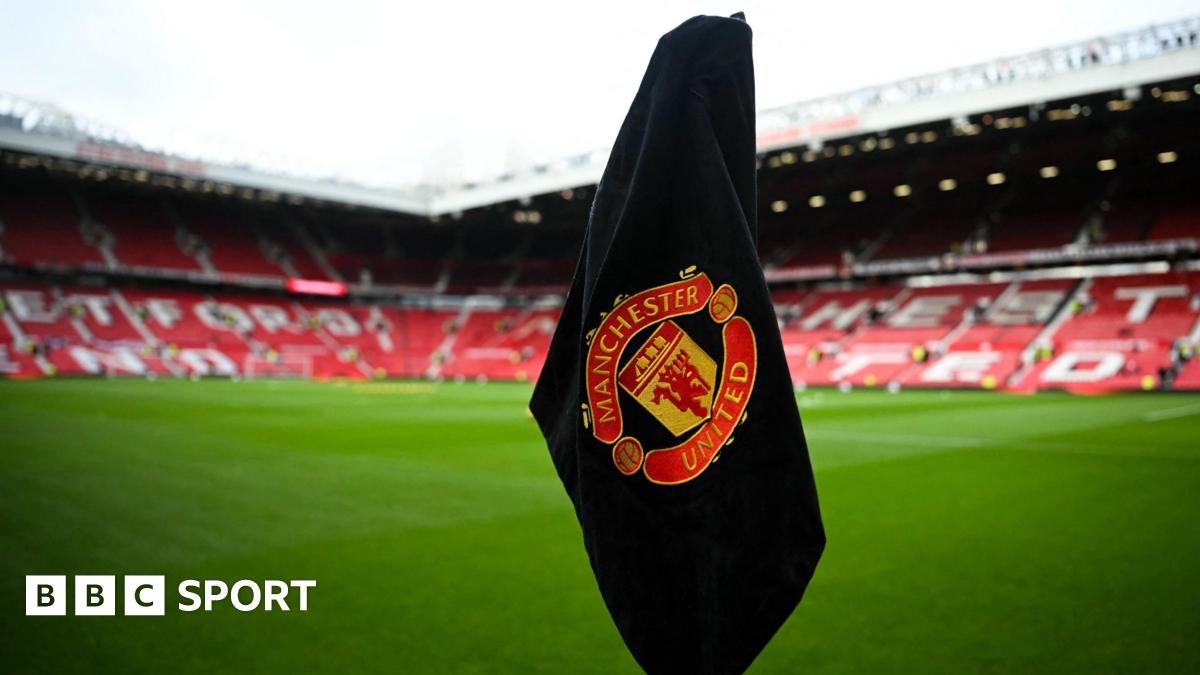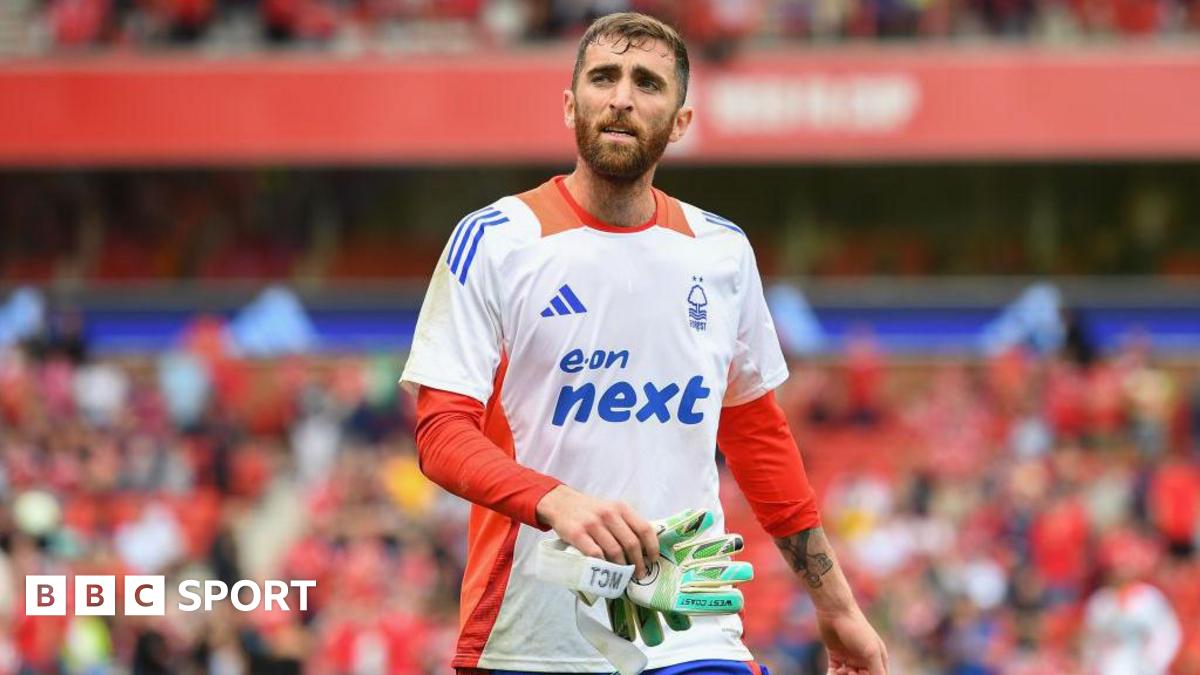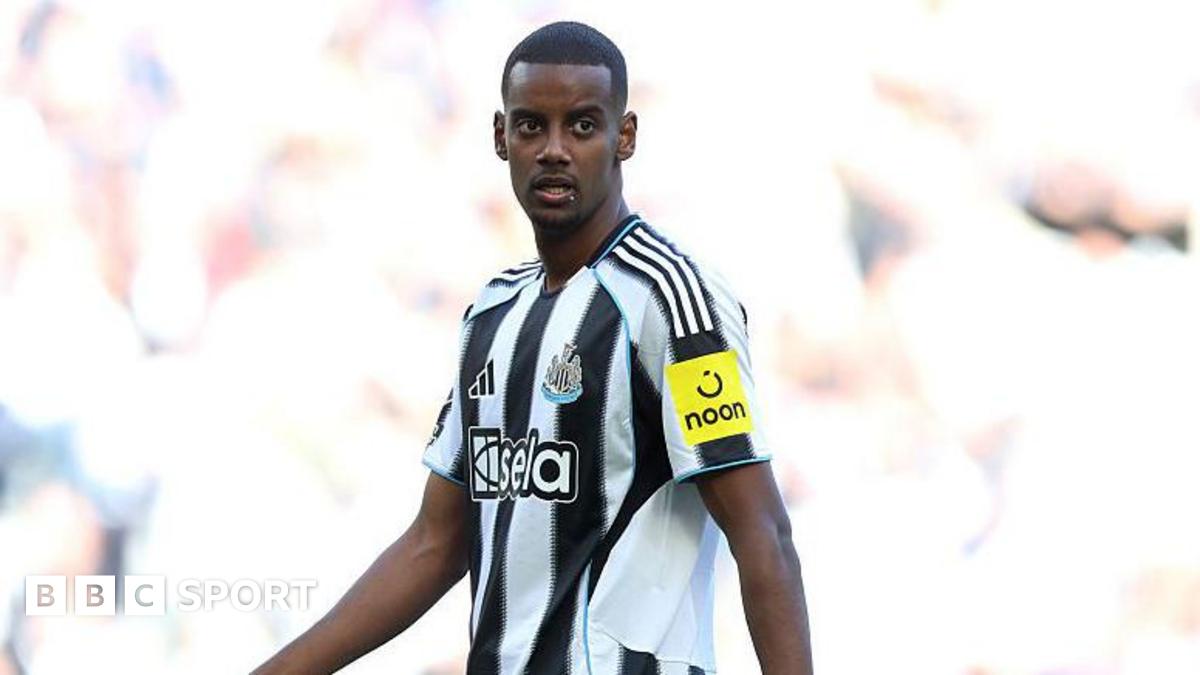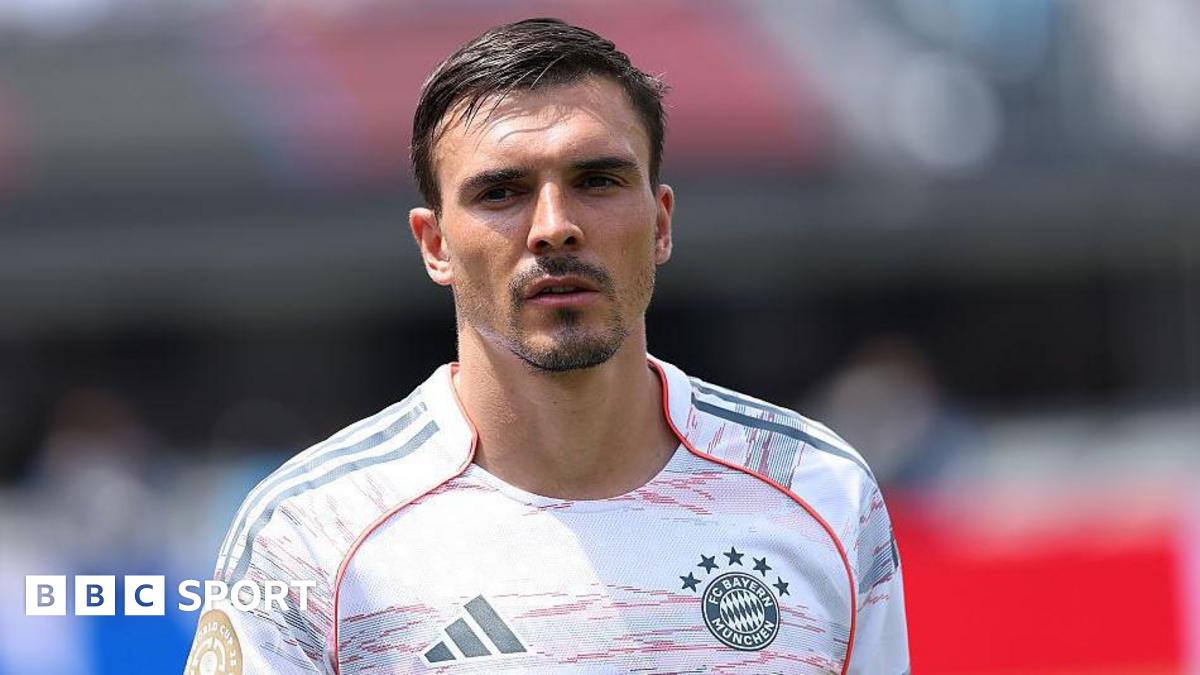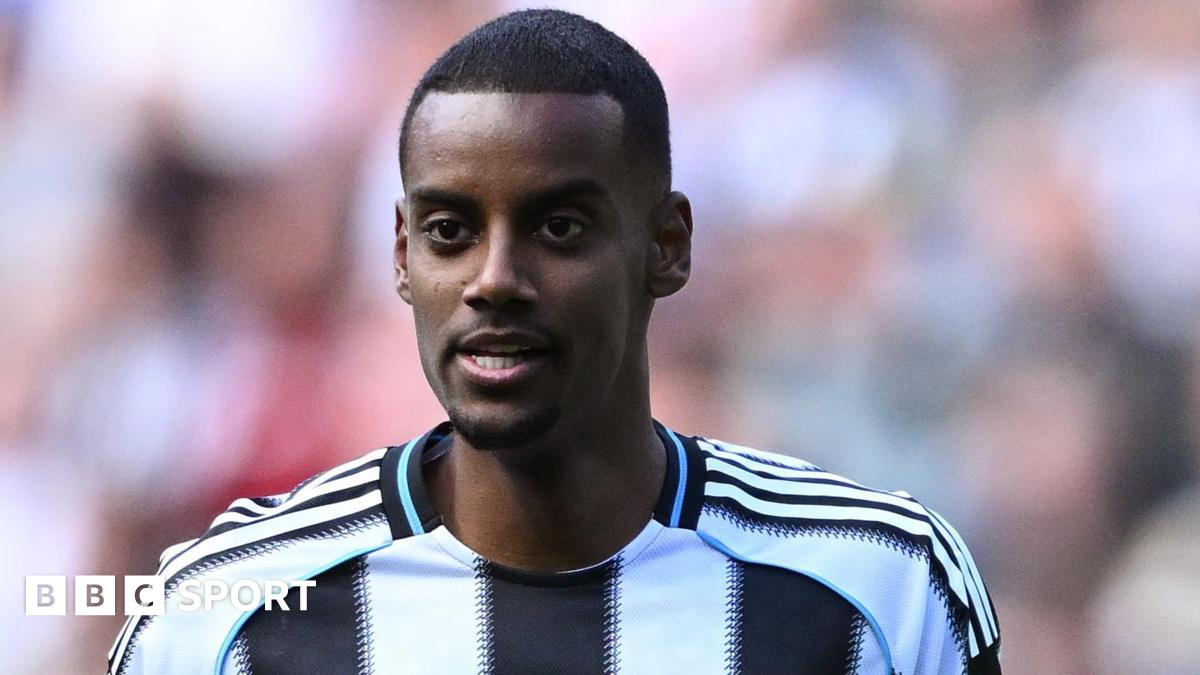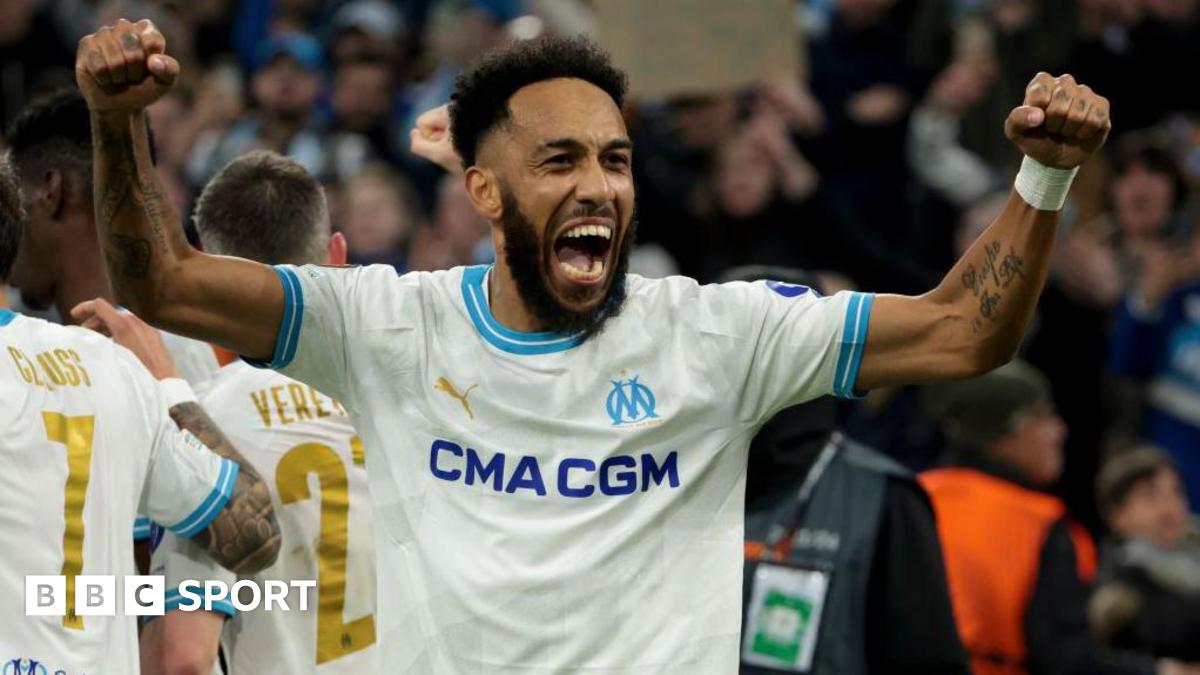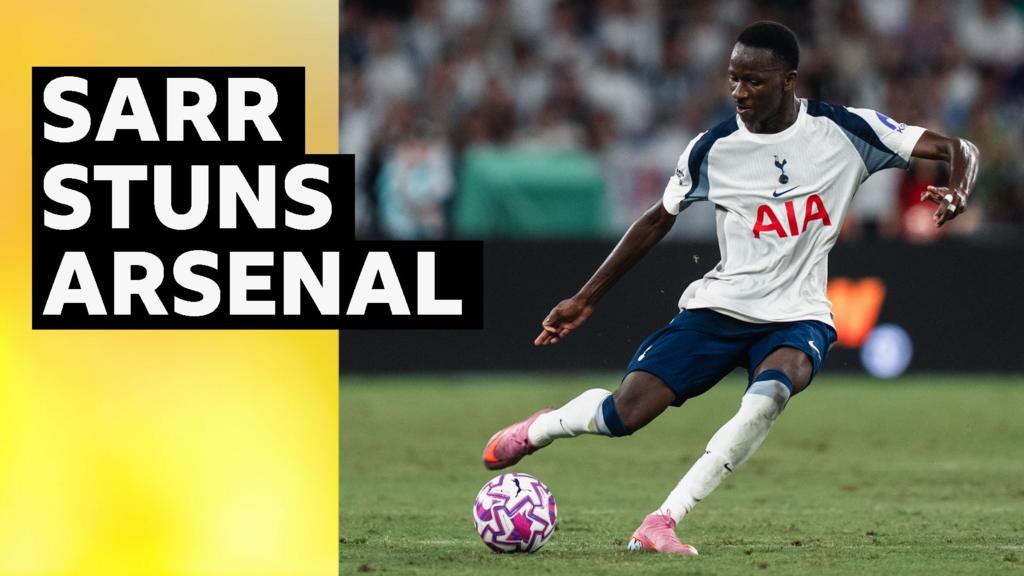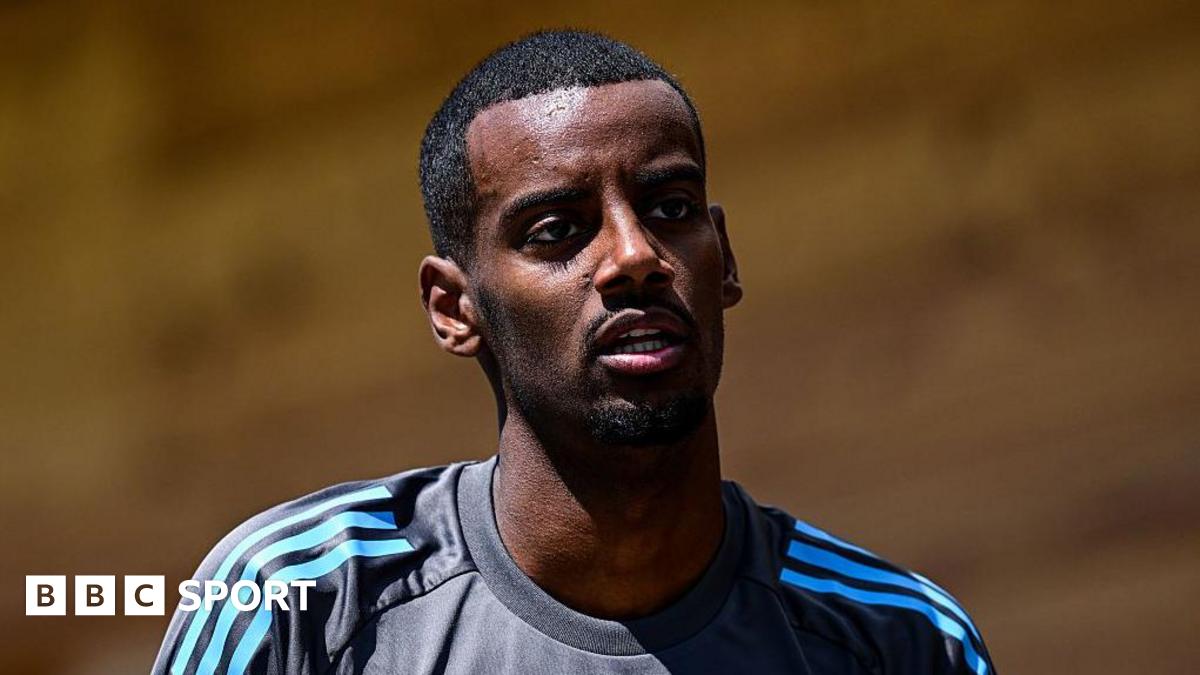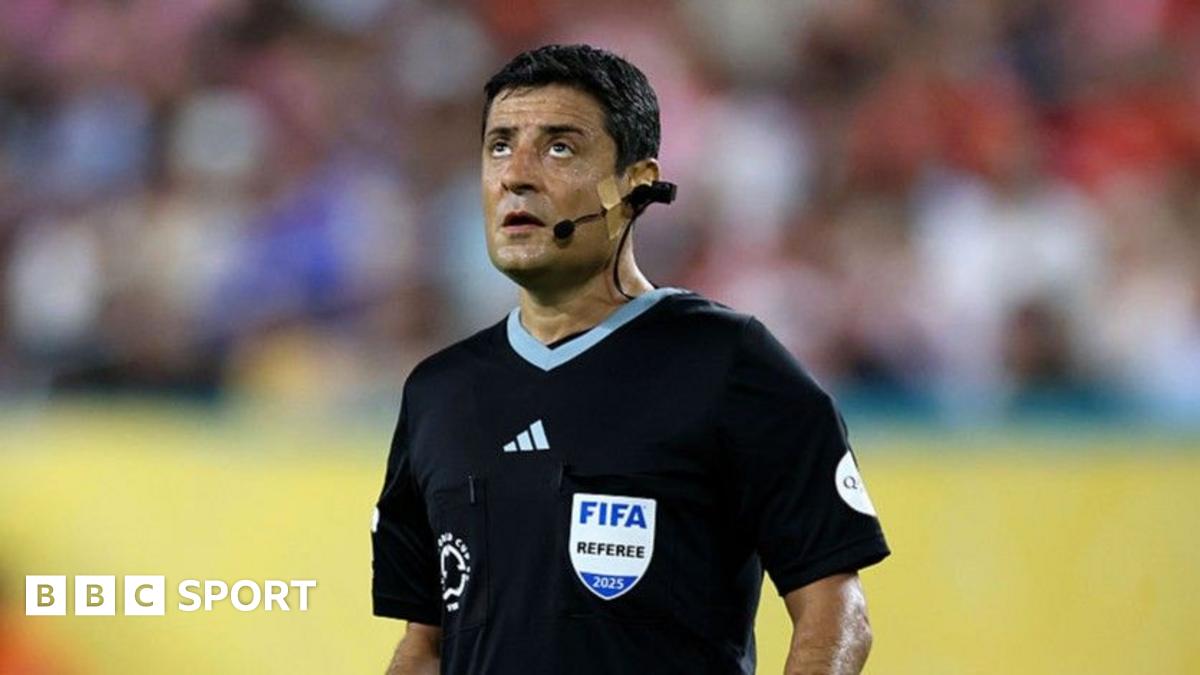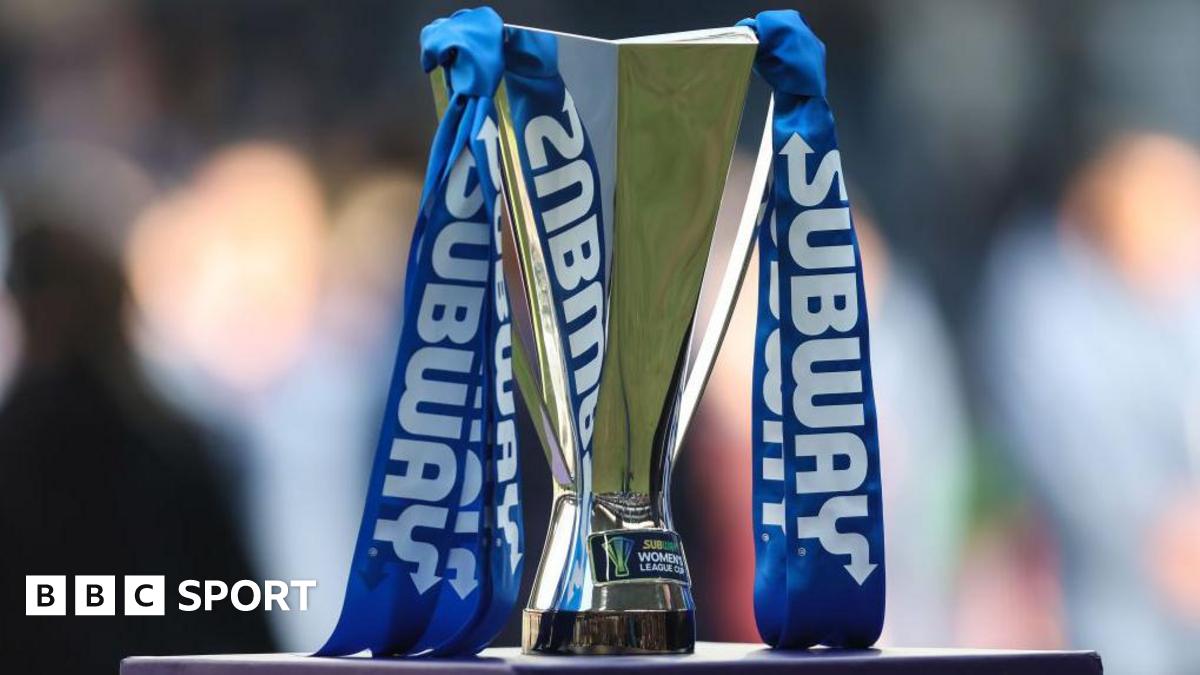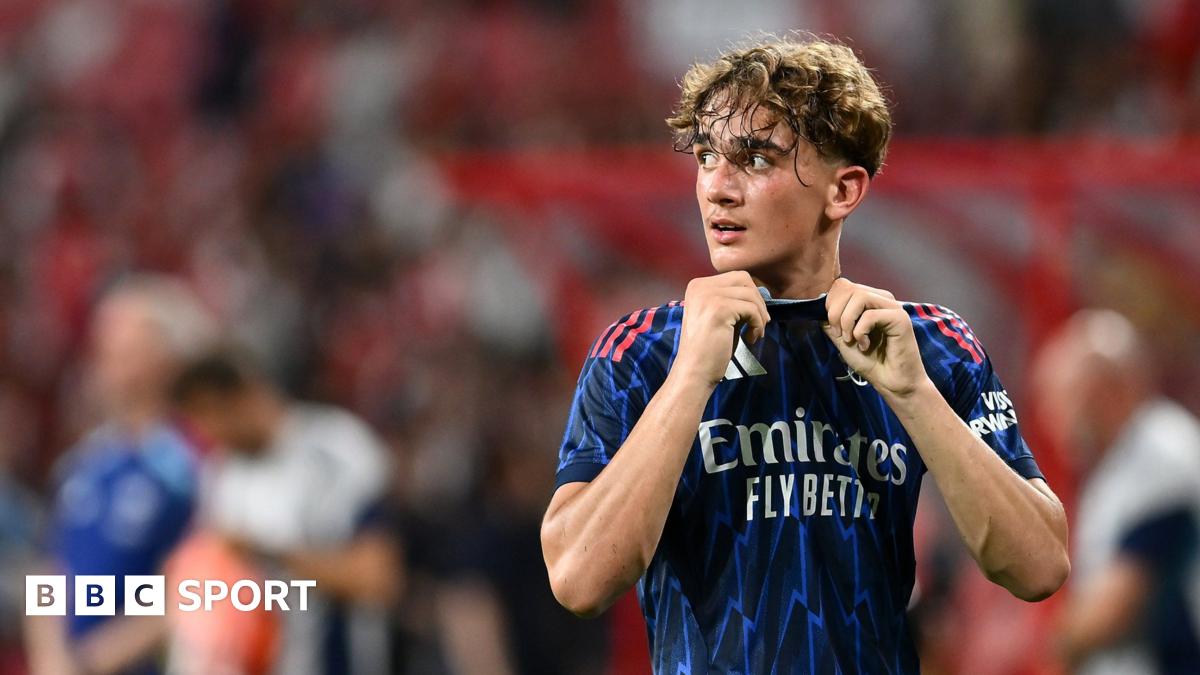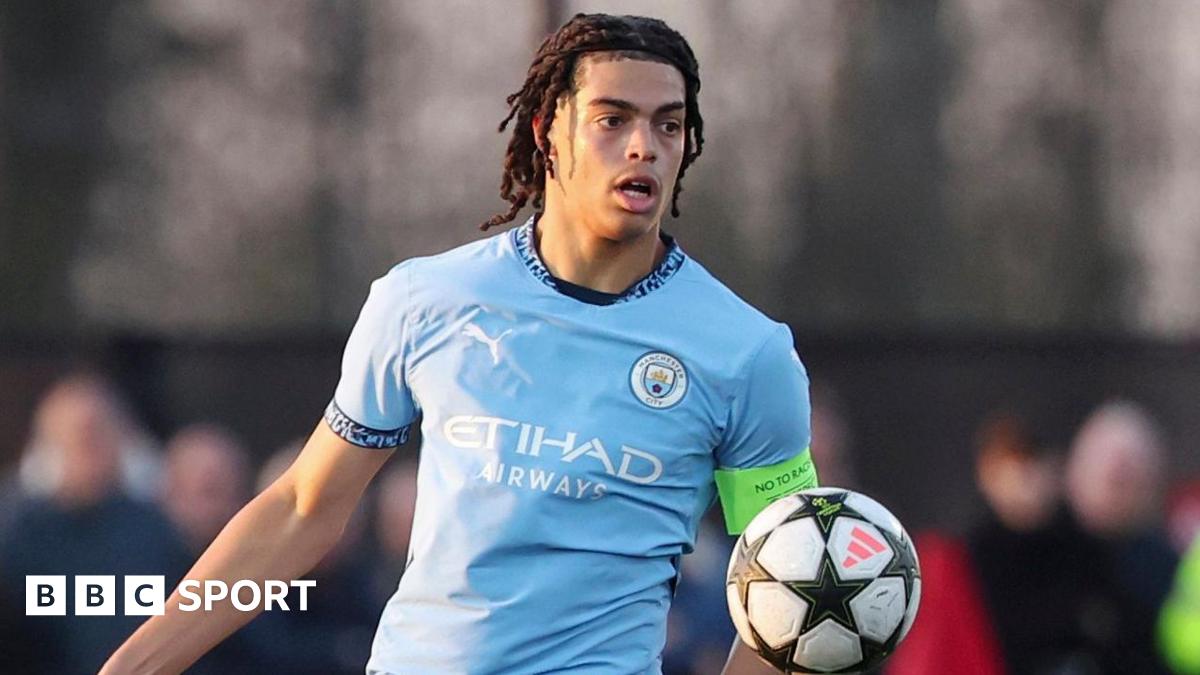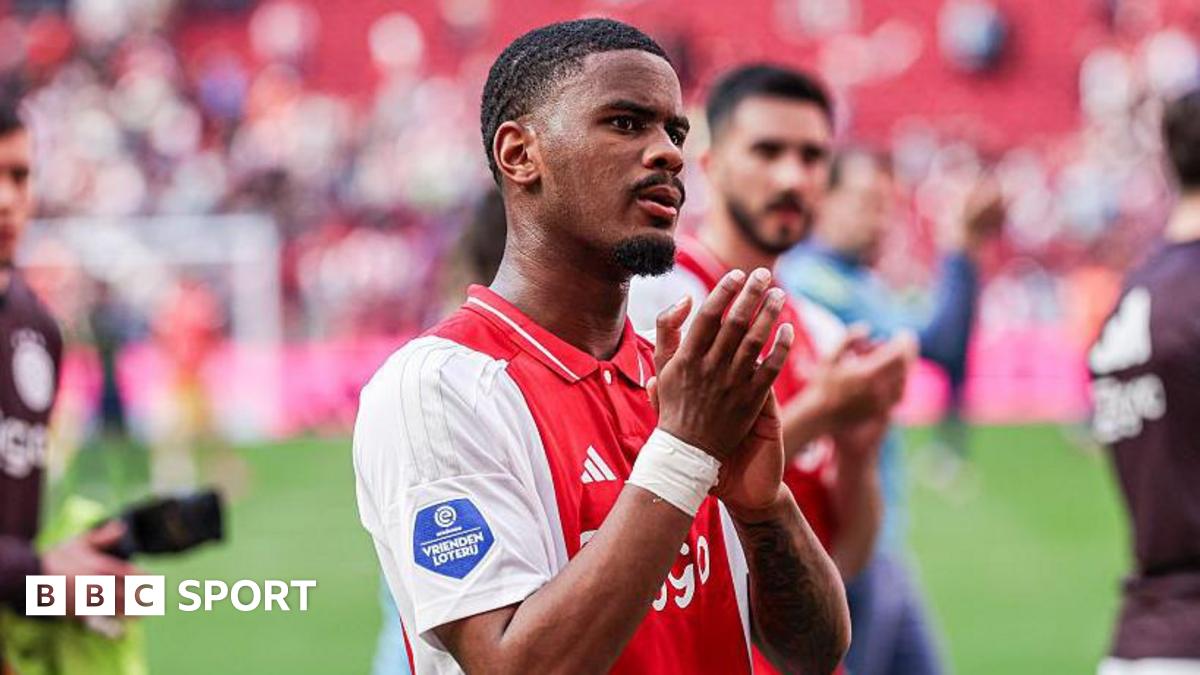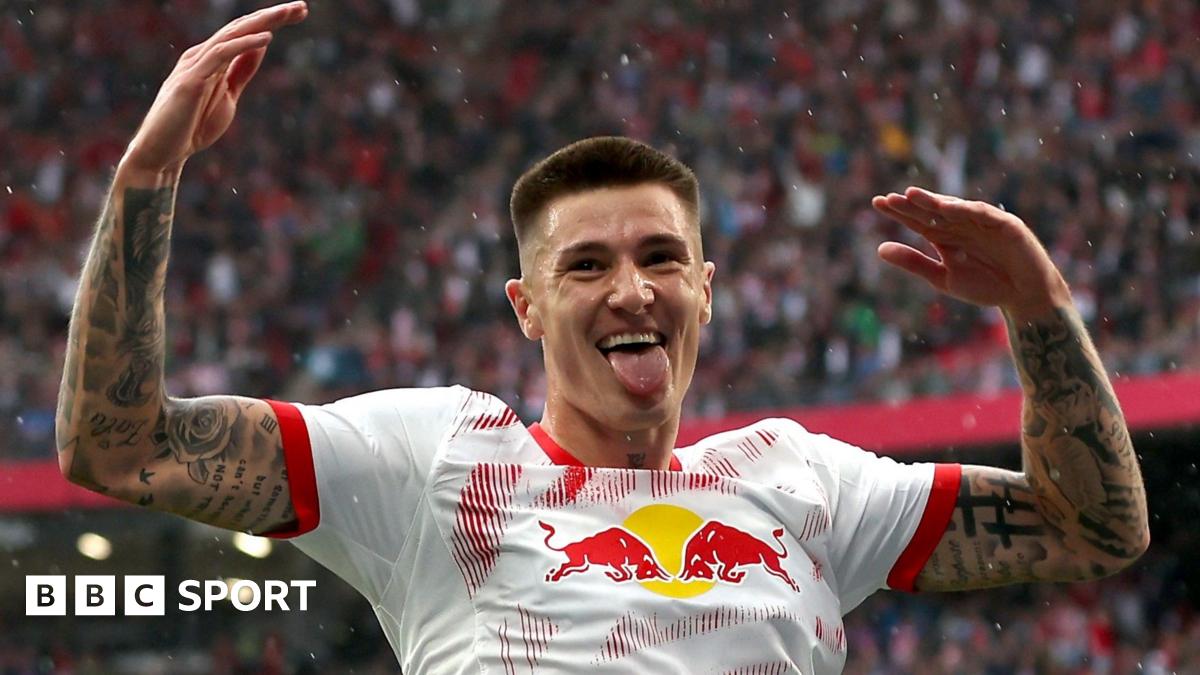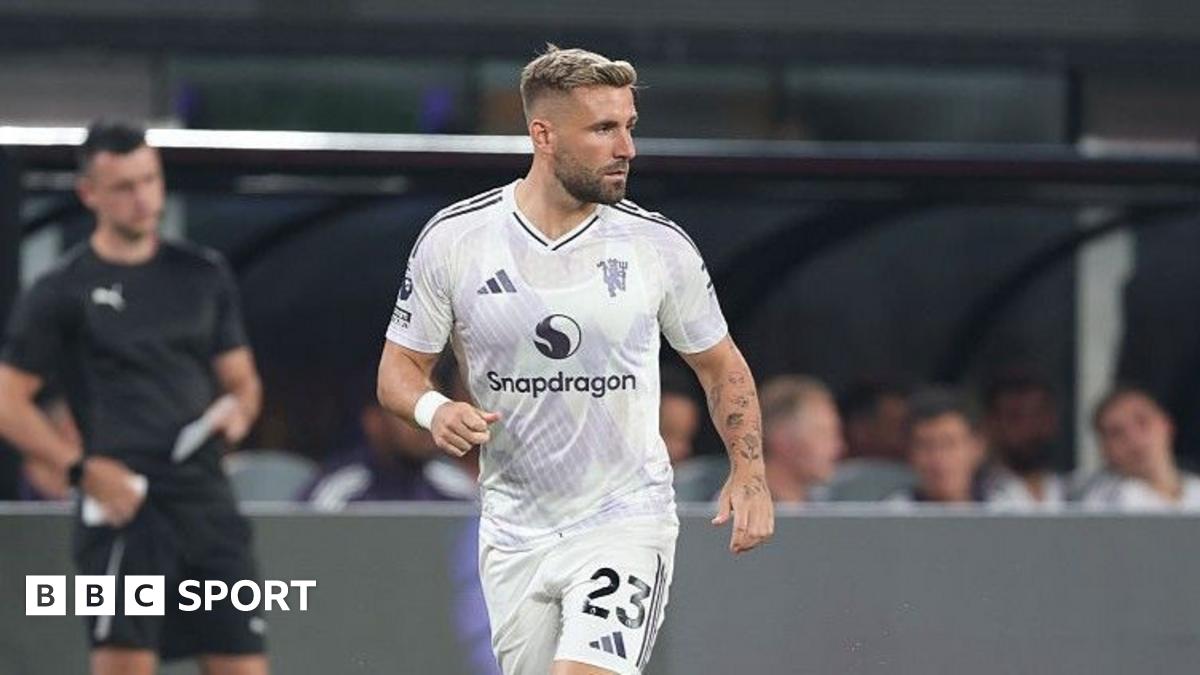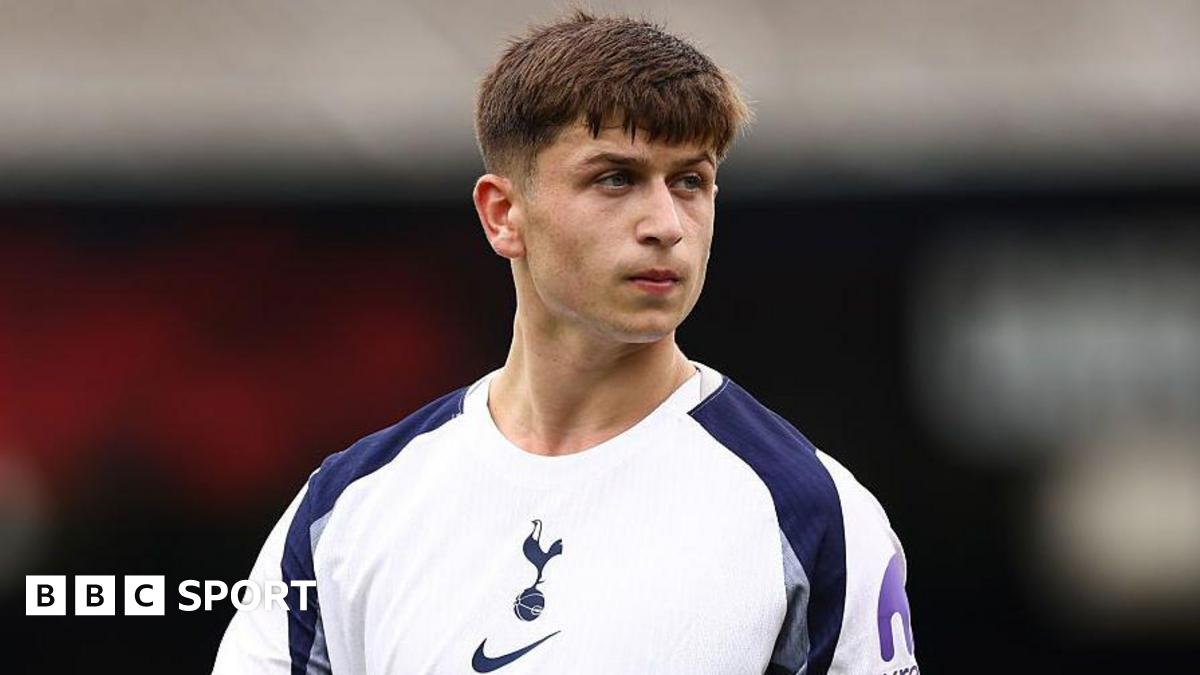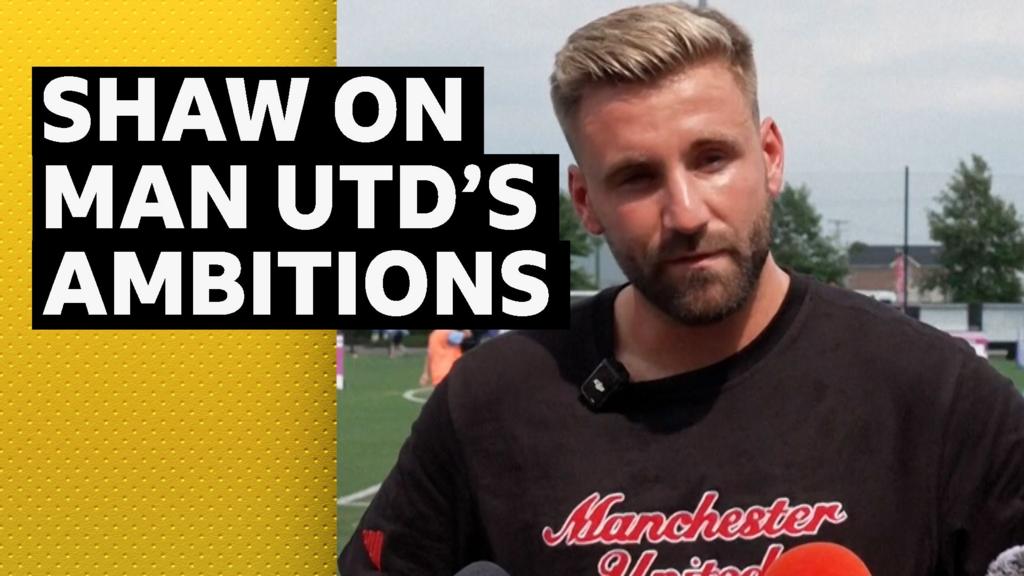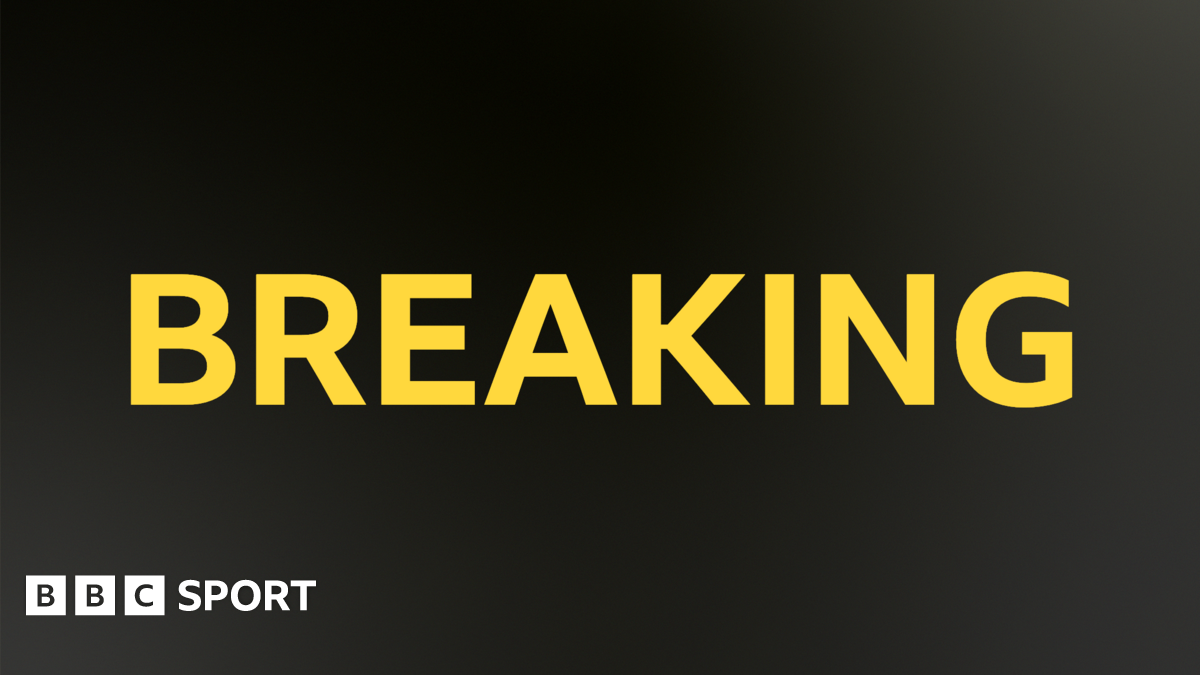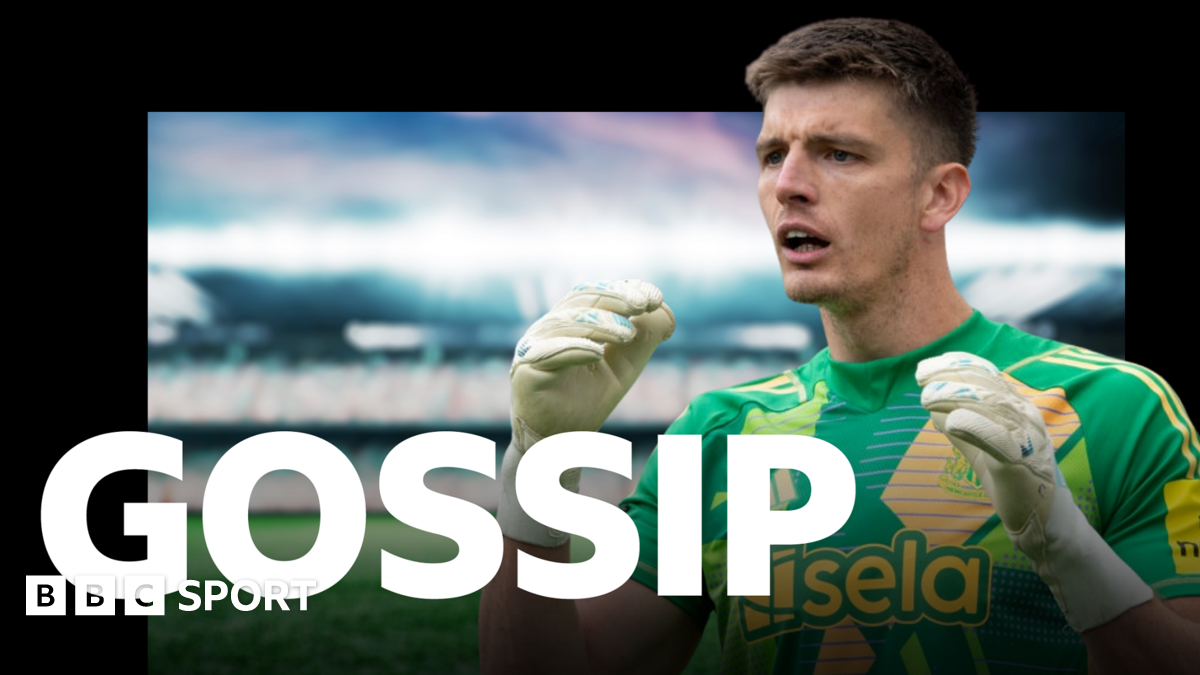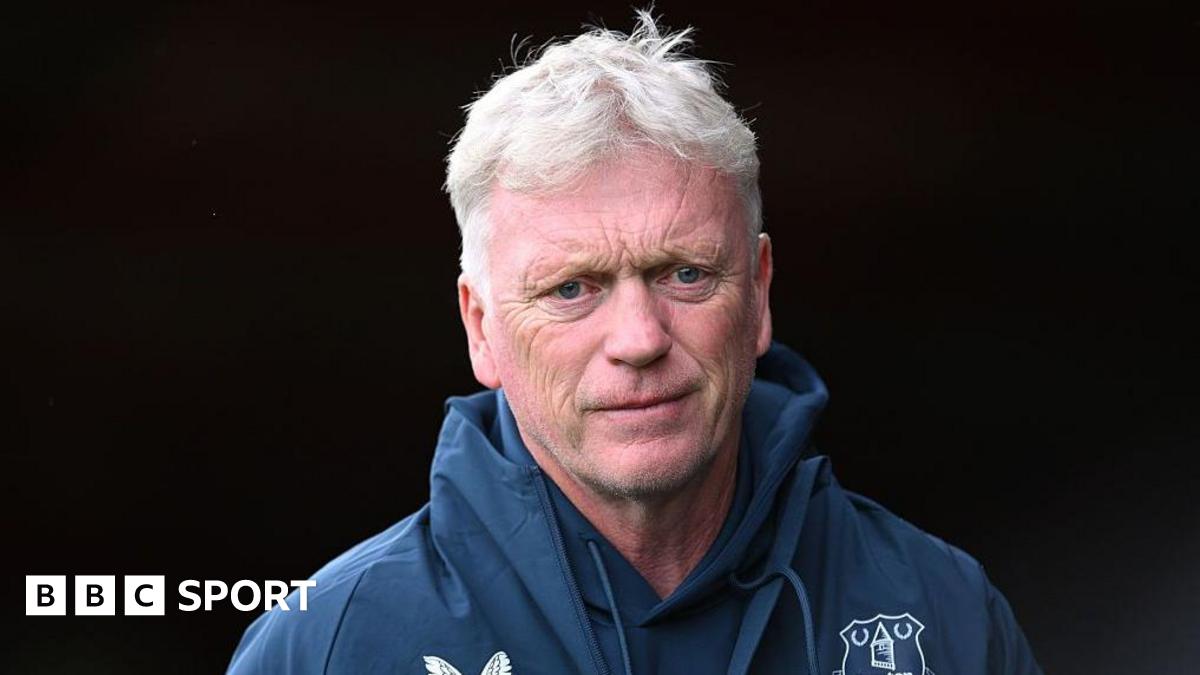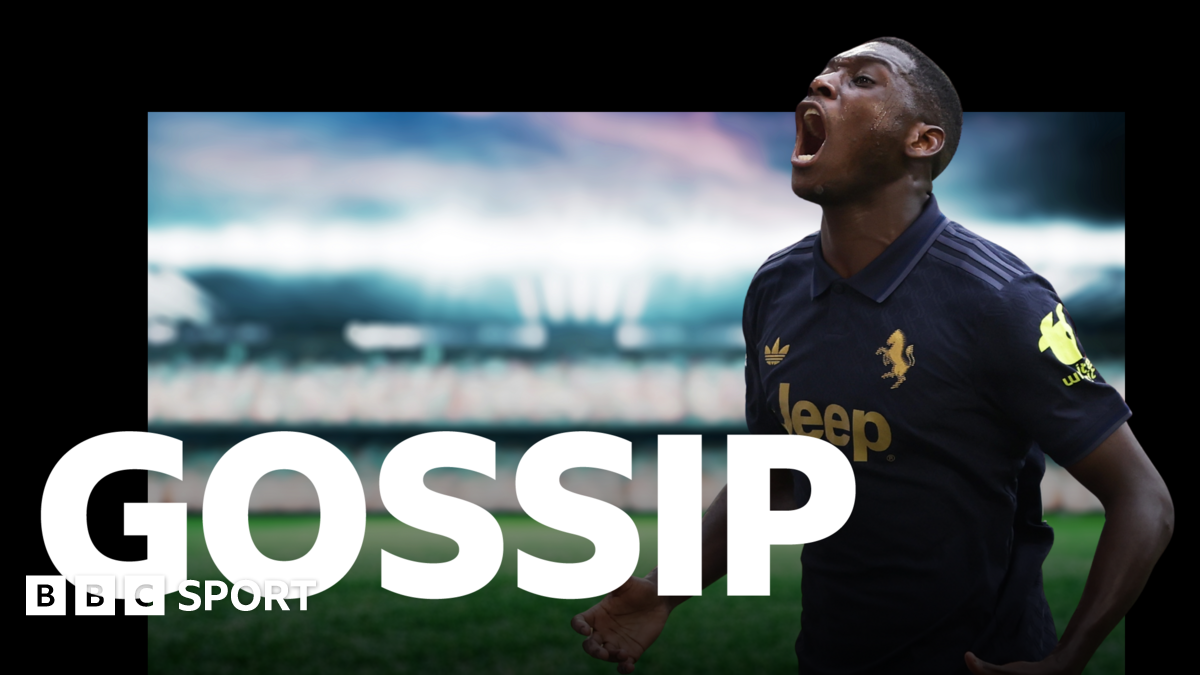
The reported interest from Tottenham, Manchester United, and Newcastle in Randal Kolo Muani highlights a growing trend in the Premier League: the demand for versatile, high-workrate forwards. Kolo Muani, at 26, represents a profile that blends goal-scoring ability with significant contribution in build-up play and pressing – a stark contrast to the traditional, purely goal-focused strikers of the past.
Looking at Kolo Muani's performance metrics, a key aspect is his involvement beyond just scoring. While at Eintracht Frankfurt, before his PSG move, he averaged a high number of shot-creating actions per 90 minutes (around 3.5, depending on the data source), indicating his ability to not only finish chances but also to create them for himself and teammates. This is a crucial trait for modern Premier League teams who deploy fluid attacking systems.
Consider Tottenham, for instance. Post-Harry Kane, they’ve moved towards a more collective attacking responsibility. A player like Kolo Muani, who can link play effectively and contribute defensively, fits Ange Postecoglou's high-intensity, possession-based approach. Similarly, Manchester United, under Erik ten Hag, have shown a preference for forwards who are comfortable pressing high up the pitch. Kolo Muani's work rate would align with this tactical demand.
Historically, the Premier League has seen waves of different striker archetypes dominate. In the late 90s and early 2000s, target men like Alan Shearer and Ruud van Nistelrooy were highly sought after. However, the tactical evolution towards more dynamic and pressing-focused systems has shifted the focus. Players like Roberto Firmino at Liverpool exemplified this transition, showcasing how a striker's contribution extends far beyond goals.
Newcastle's interest also makes sense in this context. Eddie Howe's team relies on a high-energy, pressing game, and a striker who can lead the line effectively while also contributing defensively is vital. While Alexander Isak offers goal-scoring prowess, adding Kolo Muani would provide tactical flexibility and enhance their pressing capabilities.
The competition for Kolo Muani's signature also reflects the current market dynamics. With Juventus reportedly cooling their interest, the Premier League's financial muscle allows these clubs to compete for top talent. The willingness to invest in players who offer a multifaceted skillset highlights the league's strategic focus on building complete teams rather than relying solely on individual brilliance. The question remains, which club's tactical setup and financial offer will prove most enticing for both the player and PSG?

